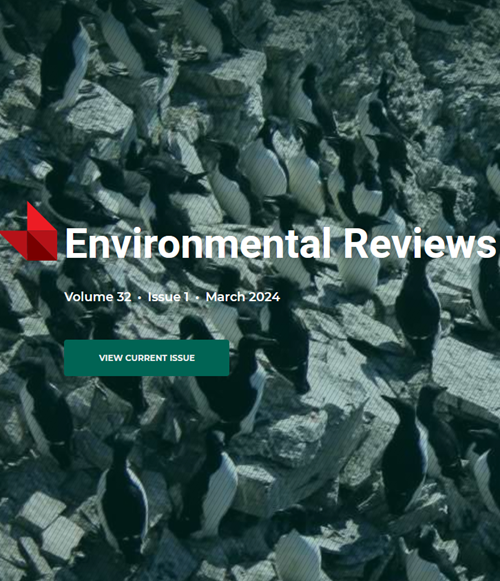城市生态系统碳足迹研究的最新进展:概述、应用和未来挑战
IF 5.1
3区 环境科学与生态学
Q2 ENVIRONMENTAL SCIENCES
引用次数: 4
摘要
城市生态系统是具有人为特征的复杂系统,会产生大量二氧化碳排放,从而导致全球气候变化。对城市生态系统碳足迹的定量估计对于制定缓解气候变化的低碳发展政策至关重要。在这里,我们回顾了195多项城市碳足迹和碳足迹相关研究,整理了碳足迹计算方法和城市生态系统碳足迹研究应用的最新进展,分析了不同城市碳足迹的研究应用,并着重从整体角度研究城市生态系统碳足迹的必要性。具体而言,我们的目标是:(1)比较现有的五种碳足迹计算方法(生命周期评估、投入产出分析、混合生命周期评估,碳足迹计算器和政府间气候变化专门委员会)的优缺点;(2) 基于不同的特征,分析当前不同城市亚区域碳足迹的研究现状;以及(3)强调未来城市生态系统碳足迹的新研究方法和领域。并非所有的碳足迹核算方法都适用于城市生态系统的碳足迹确定;尽管IPCC方法比其他方法应用更广泛,但混合生命周期评估方法更准确。随着新科学技术的出现,计算城市生态系统碳足迹的定量方法也在不断发展,变得更加准确。进一步开发大数据和人工智能等新技术来评估城市生态系统的碳足迹,预计将有助于有效应对城市生态系统研究中的新挑战,以实现全球变化下的碳中和和城市可持续性。本文章由计算机程序翻译,如有差异,请以英文原文为准。
Recent advances in carbon footprint studies of urban ecosystems: Overview, application, and future challenges
Urban ecosystems are complex systems with anthropogenic features that generate considerable CO2 emissions that contributes to global climate change. Quantitative estimates of the carbon footprint of urban ecosystems are crucial for developing low-carbon development policies to mitigate climate change. Here, we reviewed over 195 urban carbon footprint and carbon footprint-related studies, collated the recent progress in carbon footprint calculation methods and research applications of the urban ecosystem carbon footprint, analyzed the research applications of the carbon footprint of different cities, and focused on the need to study the urban ecosystem carbon footprint from a holistic perspective. Specifically, we aimed to: (1) compare the strengths and weaknesses of five existing carbon footprint calculation methods (life cycle assessment, input–output analysis, hybrid life cycle assessment, carbon footprint calculator, and Intergovernmental Panel on Climate Change (IPCC)); (2) analyze the status of current research on the carbon footprint of different urban sub-regions based on different features; and (3) highlight new methods and areas of research on the carbon footprint of future urban ecosystems. Not all carbon footprint accounting methods are applicable to the carbon footprint determination of urban ecosystems; although the IPCC method is more widely used than the others, the hybrid life cycle assessment method is more accurate. With the emergence of new science and technology, quantitative methods to calculate the carbon footprint of urban ecosystems have evolved, becoming more accurate. Further development of new technologies, such as big data and artificial intelligence, to assess the carbon footprint of urban ecosystems is anticipated to help address the emerging challenges in urban ecosystem research effectively to achieve carbon neutrality and urban sustainability under global change.
求助全文
通过发布文献求助,成功后即可免费获取论文全文。
去求助
来源期刊

Environmental Reviews
环境科学-环境科学
自引率
3.50%
发文量
45
期刊介绍:
Published since 1993, Environmental Reviews is a quarterly journal that presents authoritative literature reviews on a wide range of environmental science and associated environmental studies topics, with emphasis on the effects on and response of both natural and manmade ecosystems to anthropogenic stress. The authorship and scope are international, with critical literature reviews submitted and invited on such topics as sustainability, water supply management, climate change, harvesting impacts, acid rain, pesticide use, lake acidification, air and marine pollution, oil and gas development, biological control, food chain biomagnification, rehabilitation of polluted aquatic systems, erosion, forestry, bio-indicators of environmental stress, conservation of biodiversity, and many other environmental issues.
 求助内容:
求助内容: 应助结果提醒方式:
应助结果提醒方式:


